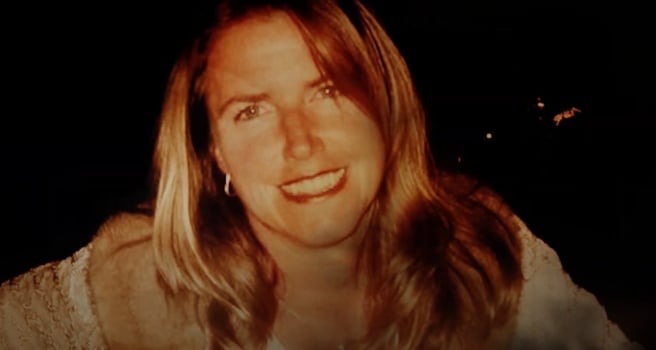
In 2009, 50 people attended a "Spiritual Warrior" self-help retreat in the Arizona desert.
Led by guru James Arthur Ray - who appeared in the film The Secret and wrote a number of popular self-help books, including The Science of Success - the retreat cost roughly $10,000 to attend.
Throughout the five-day retreat in the Red Rock Canyons of Northern Arizona, participants – who were predominately high-achieving professionals – were encouraged to achieve a breakthrough in their thinking by undertaking limit-pushing exercises.
Watch the trailer for new Wondery podcast Guru below. Post continues after video.
By the end of the retreat, three people were dead.
At the time of the Arizona retreat, Ray was exploding into the spotlight, becoming a major figure in the self-help space with appearances on Oprah and Larry King Live.
Describing himself as a "thought leader", Ray's movement largely focused on 'The Law of Attraction', which is the belief that people can "attract" things into their lives through the power of their thoughts.
While the movement may sound relatively harmless at face value, Ray's events were known for being risky and particularly intense.



Top Comments
The safety net must be handed to the participants themselves, and not controlled by the facilitator. If someone needs out, they simply must be allowed to leave. This encourages participants to set their own boundaries and be responsible for themselves.
If that is taken away it is likely that the facilitator is a dangerous control freak.